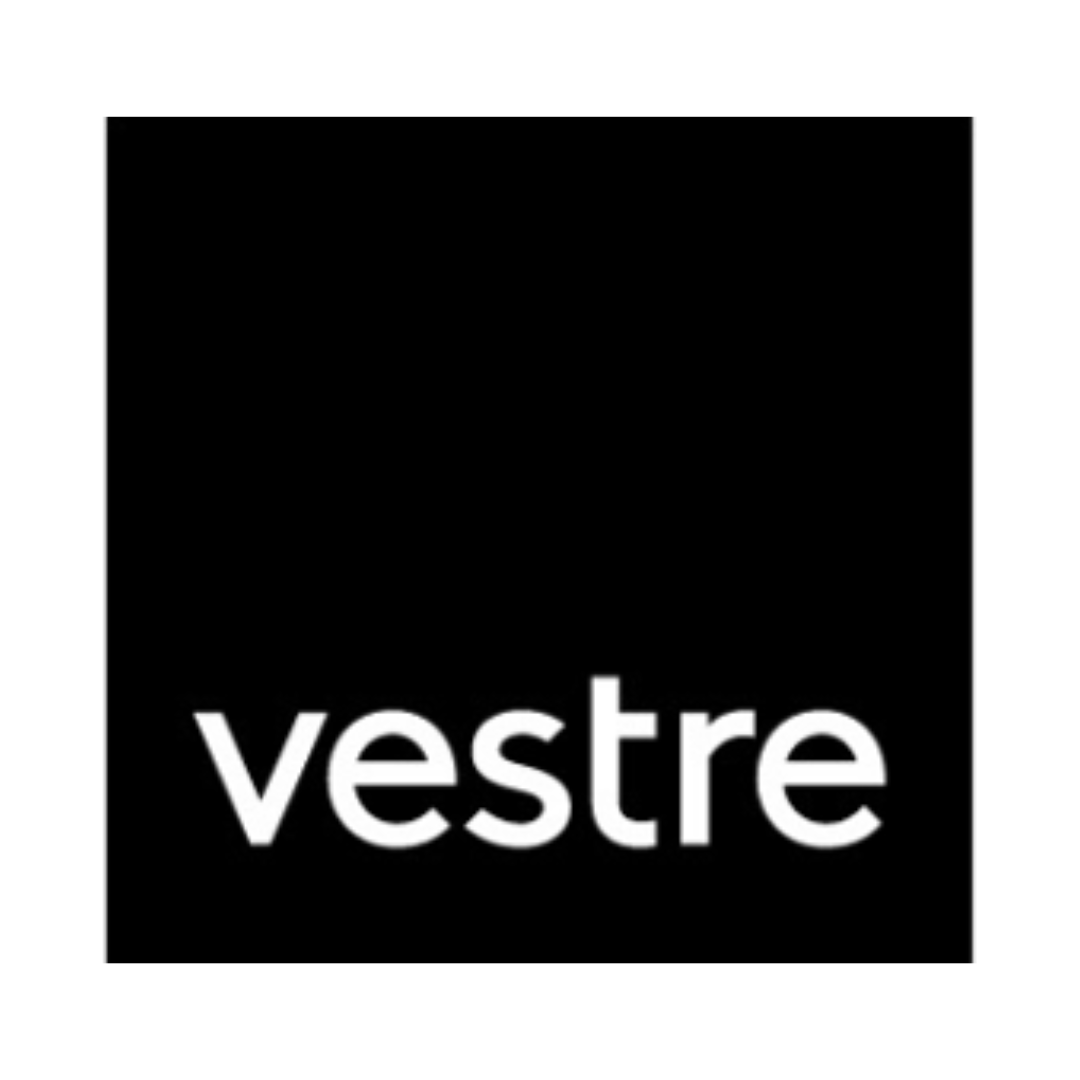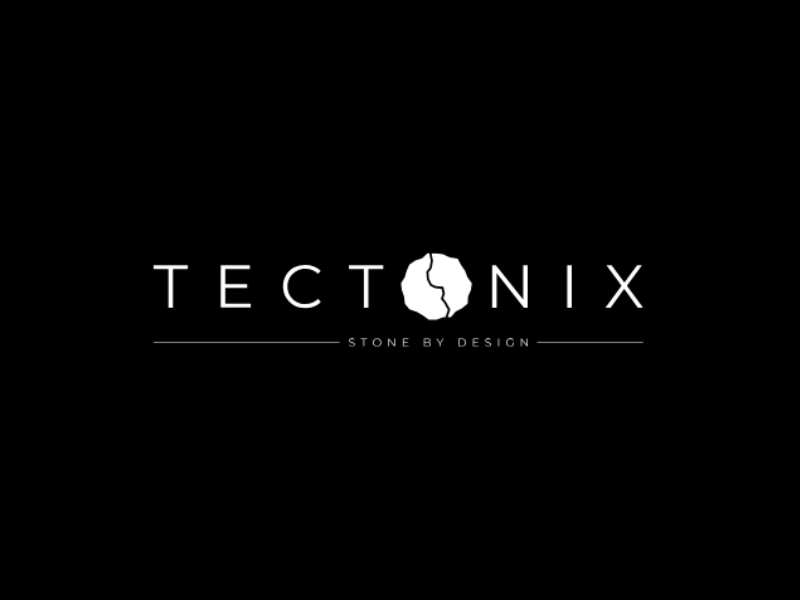Project showcase
Water Meadow to People Meadow, Petersfield – Leo Cheung & Iris Wong

Previously used as a footpath to reach the Tesco supermarket, the Water Meadow has been given new life as an environmentally conscious and accessible public space with shelters and viewpoints. The design uses nature-based strategies that allow for the field to flood and drain naturally, and a timber boardwalk to enable access on wet days.
Who is on the project team?
Leo Cheung, CMLI - Landscape Architect
Iris Wong - User Experience (UX) Designer
Describe the context of this project?
We are a team consisting of a landscape architect and a user experience (UX) designer. Our team focus on community empowerment and social connection and believe community-led design is the way to create better places to live.
Set in the countryside of the South Down National Park, Petersfield has been a vibrant ancient market town. Petersfield likes many other places developed to meet the increasing housing need. The site, an open field meadow water meadow, sits within the centre of Petersfield and was repeatedly suggested by the local residents hinting at its potential to turn into a better place for public use.
The site was once part of the master plan under Tesco’s ownership but they later decided not to go ahead as it is prone to flooding. Since then, the field is being left behind, mainly used as a footpath/shortcut to the supermarket. The earliest map available suggests the site barely changes its form since 1871 although the surrounding has been through urban development.
The local community always wants to see this meadow turned into some usable public space but they struggle to find a solution. Our design sits on the basis that the flood can be mitigated through nature-based solutions. A larger site area can then be unlocked and become usable. The site naturally has good connectivity to different parts of the town and it also has the potential to bridge wider green infrastructure. Utilising our expertise, we help visualise what can happen if their ideas come true.
How are you seeking to foster community?
Building on conventional design processes, we adopted a participatory design approach trying to get users’ feedback the best we could. By getting users involved in early design processes, we could get invaluable feedback to inform our design. It is also a proven method to make users feel empowered and have a sense of ownership of a place.
We interviewed people from 26 to 76 years old who lives in Petersfield to learn their aspirations, frustrations and what kind of open space they would like to see in Petersfield. People generally are proud of being part of the local community but feel a disconnection between generations. Parents are keen to see a sustainable future that their kids can appreciate. The elderly feel supported but an improvement in accessibility is needed.
These common patterns are summarised in the form of “personas”, fictional users whose goals and characteristics represent the need of the larger group. Humanising users during the design process enables us to tailor-make a site that is most beneficial for a wide range of users. In response to the users’ feedback and our desktop & field study, we established the following design objectives:
1. Let it flood - Nature-based strategy to unlock the potential of this place
2. Community hub for generations, a place for people to gather, meet and connect
3. Bring nature closer to people so people can appreciate its beauty, educate the importance of nature to the next generations and thus safeguard the future of this place together
What is your sustainability strategy and how are you mitigating carbon use and construction pollution?
The site naturally is a floodplain but why not it can be used by the public while it serves its function? A nature-based flood strategy is sought to mitigate the local flood vulnerability (limiting the existing usage to only the footpath). While we aim to minimise the impact on the existing landscape character, we propose re-grading the topography with suitable planting to increase the stream’s storage capacity and improve soil infiltration to quickly alleviate surface water. Data from Chartered Forester indicated that soil infiltration rates could be 67x faster and surface runoff volumes reduces by 78% under trees compared with pure grassland.
The existing habitat is basically just an open field meadow. We aim to enhance biodiversity while avoiding significant disruption to the existing ecosystem. The design, which introduced a boardwalk with a mix of native tree planting, wet woodland along the riverine and wildflower meadow, would help enhance the local biodiversity and bridge the wildlife corridor. Unlike tall buildings and mass infrastructure, the design elements we adopted are low-key to match the national park setting and low maintenance by nature to help achieve a sustainable future.
Moving soil will release carbon from the ground. However, thinking in the long term, the ecological benefit of this proposal will outweigh the initial cost. Sustainable and locally sourced materials are used to lengthen the design lifetime. The net gain we received from ecological services would encourage the locals to help and contribute.
Describe the social impact of the project: How is this place contributing to the economic, environmental and social wellbeing of its citizens?
We feel socially connected when we interact with people. The sense of community does not only build at community centres. Providing a space itself is only a tool not enough to tackle social issues. We plan carefully to encourage interaction to happen. Young and old people might have different perspectives on life and needs but in a well-designed space, they can enjoy what they love to do while respecting others.
The site is deliberately designed for simplicity and multi-purpose so local residents can express their creativity and use this place for their own needs. Creative things happen when there are no boundaries. Who says indoors can only stay indoors? For example, we have designed a circular open space with flexible seating arrangements for people to perform, exercise or enjoy a show, and a shallow river bed for kids to have fun.
Petersfield historically has been a market town until today and it inherited a rich art and cultural background. This can be seen from the popular festival events and sold-out tickets for performances at the festival hall. In response to the user’s feedback, the place could be used for various community activities such as pop-up markets to promote the local economy, outdoor performances for people to express and enjoy art and culture or bird-watching events for nature appreciation. While we speak to the locals, various community groups are keen and have expressed interest in using outdoor spaces when it is available.
Festival of Pineapples
24-26 February 2026
Pineapples prize giving night
April
Pineapples at Festival of Place
10 June 2026
© The Pineapples - Tweak Ltd. 124 City Road, London, EC1V 2NX. Tel: 020 3326 7238



